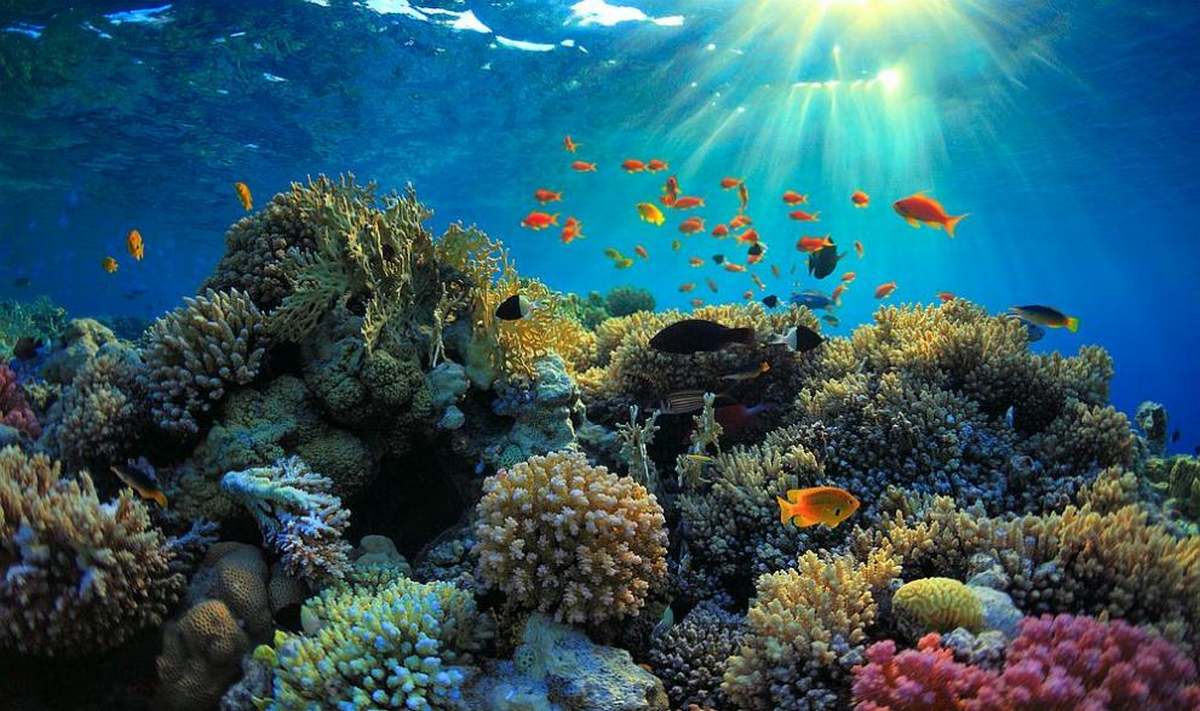More than 90 percent of the Great Barrier Reef corals surveyed this year have discolored, according to the Associated Press, citing Australian authorities.
This is the fourth major episode of this process in seven years in the world’s largest coral ecosystem.
The discoloration is caused by global warming, but was first detected during the La Nina climate phenomenon, which is associated with lower temperatures in the Pacific Ocean, according to the annual report of the institution responsible for the Great Barrier Reef. It shows that 91% of the surveyed areas were affected.
Discoloration in 2016, 2017 and 2020 damaged two-thirds of the coral in the famous reef off the east coast of Australia.
This is the result of heat stress, and scientists hope that most individuals will recover, said David Walkenfeld, chief researcher at the institution that manages the reef ecosystem.
“The first signs are that mortality will not be very high,” he told Australian media.
“I hope we will see how most of the discolored corals will recover … as it was in 2020, when there was mass discoloration, but mortality was low,” the expert added.
However, in 2016 and 2017, there was a “fairly high rate of coral deaths,” recalls Wackenfeld.
December last year, the first month of summer in the Southern Hemisphere, was the hottest reef since 1900.
UNESCO experts visited the reef in March to assess whether the Great Barrier Reef should be classified as “threatened” by the effects of climate change.
The World Heritage Commission is due to meet in late June.

